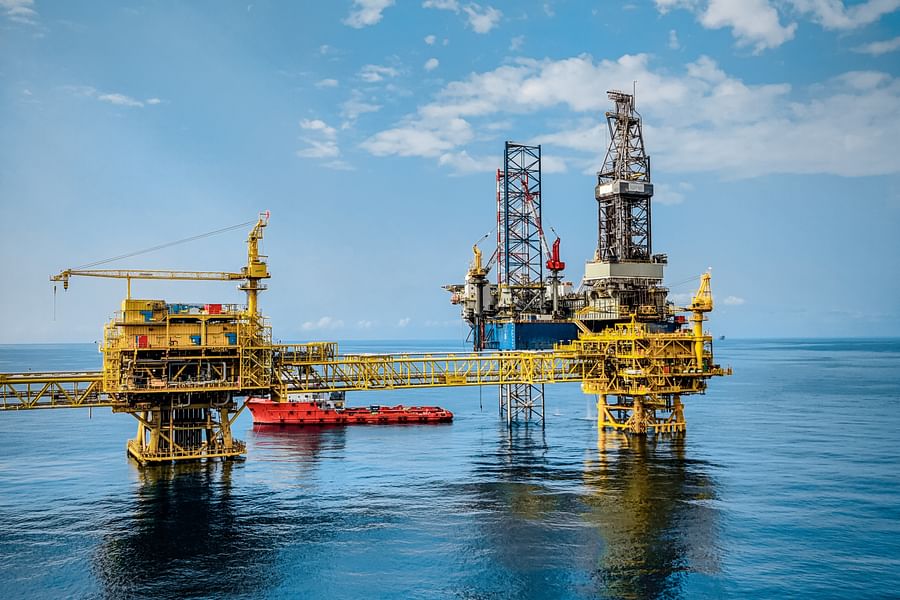The Future of Oil Spill Response: Can Bioremediation be the Answer?

The devastating impacts of oil spills have long been a source of concern for environmentalists, industries, and coastal communities alike. The quest for more effective response strategies has led to the exploration of bioremediation, a process that employs natural organisms to mitigate the effects of these environmental disasters. As we delve into the potential of bioremediation, it's crucial to understand its mechanisms, benefits, and limitations in the broader context of oil spill response.
Bioremediation harnesses the power of microorganisms such as bacteria, fungi, and even plants to break down pollutants, including hydrocarbons found in crude oil. These microbes metabolize the oil compounds as a source of carbon and energy, ultimately transforming them into harmless substances like carbon dioxide and water. This natural process can be optimized through biostimulation, where nutrients or oxygen are added to enhance microbial growth and activity, or bioaugmentation, which involves introducing specific strains of microorganisms known for their degradation capabilities.
Traditional oil spill response methods—such as mechanical recovery, chemical dispersants, and in-situ burning—have been criticized for their environmental trade-offs and limited effectiveness in certain scenarios. In contrast, bioremediation offers a more sustainable approach that can work in harmony with the environment. It leaves behind minimal physical damage compared to mechanical cleanup methods and avoids the potential toxicity associated with chemical dispersants.








Apart from being environmentally friendly, bioremediation is often more cost-effective over time. The use of naturally occurring organisms eliminates the need for expensive equipment or materials required by conventional methods. Moreover, this technique can reach areas that are difficult or dangerous for humans to access, such as deep-sea environments or regions with volatile weather conditions.
Despite its promising advantages, bioremediation is not without challenges. The effectiveness of this method depends on various factors including temperature, pH levels, oxygen availability, and the presence of suitable microbial populations. In colder environments where microbial activity slows down significantly, bioremediation may not be practical without additional measures to stimulate microbial growth.
To fully realize the potential of bioremediation in combating oil spills effectively requires significant investment in research and development. It is essential to identify robust microbial strains capable of degrading various types of crude oil while also ensuring these biological agents do not disrupt local ecosystems adversely.
In conclusion—though we're not yet at our full stop on this topic—bioremediation stands out as a beacon of hope in our ongoing battle against oil spills. With continued advancements in science and technology bolstering its efficacy while addressing its limitations head-on, we may soon witness a paradigm shift in how we respond to these environmental emergencies.
Stay tuned as we explore further into real-world applications where bioremediation has been put to test—and what future research holds for this promising field.
As we delve deeper into the potential of bioremediation, it's essential to highlight the innovative trends shaping its future. One such approach is the genetic modification of microorganisms, which can enhance their ability to break down hydrocarbons. Scientists are also exploring the use of nanotechnology to support bioremediation, creating materials that can both absorb oil and provide a platform for microorganisms to thrive.
The use of mycoremediation, which involves fungi, is another exciting development. Fungi have a remarkable capacity to decompose complex compounds, including those found in crude oil. By introducing certain fungi species to contaminated sites, we could potentially see a more efficient breakdown of pollutants.






For bioremediation to reach its full potential, supportive policies must be in place. This includes funding for research and development as well as regulations that encourage the use of environmentally friendly cleanup methods. The establishment of clear guidelines for the application of bioremediation techniques is crucial for ensuring both efficacy and safety.
Moreover, collaboration between government agencies, industry stakeholders, and environmental organizations can lead to the creation of comprehensive oil spill response strategies that include bioremediation as a key component. Such partnerships can also facilitate public education campaigns about the benefits and limitations of these methods.
Beyond theoretical promise, there are tangible success stories that underscore the effectiveness of bioremediation. For instance, during the cleanup process after the Deepwater Horizon spill in 2010, bioremediation played a role in mitigating environmental damage. Field trials have also shown promising results in various locations around the globe where natural microbial populations were stimulated with nutrients to accelerate degradation processes.
These real-world applications offer valuable lessons on optimizing conditions for microbial activity and managing large-scale deployment challenges. They also highlight the importance of understanding local ecosystems—a principle that underscores all effective oil spill cleanup efforts.
In conclusion, while challenges remain in refining and deploying bioremediation techniques on a broad scale, there is undeniable potential for this method to transform our approach to oil spill response. It offers an eco-friendly alternative that aligns with global sustainability goals and helps preserve marine biodiversity.
To learn more about how you can contribute to this field or stay informed about recent developments in oil spill response strategies, consider taking our interactive quiz on oil spills and marine ecosystems. Additionally, for professionals seeking to expand their knowledge or get involved in cleanup operations, our step-by-step guide provides practical insights into managing an effective response.
Educating ourselves on these advancements not only prepares us for future incidents but also empowers us with knowledge about preserving our oceans' health. As we continue researching and improving upon these methods, we move closer to a reality where environmental catastrophes like oil spills leave a much smaller footprint on our world's precious ecosystems.
Post a comment